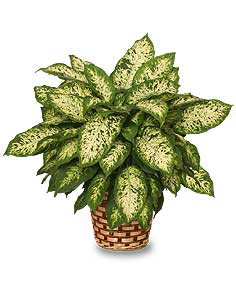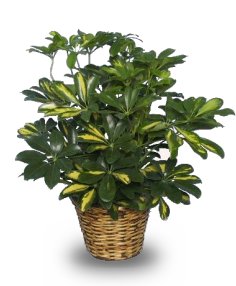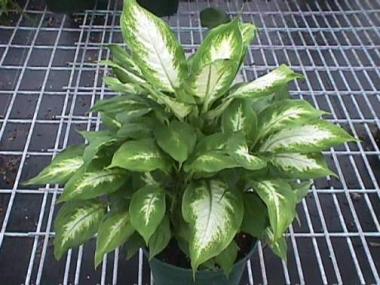Ask the Expert: dieffenbachia problems
tiny round silver spots on top of leaves what is causing it???
BJ
Flower Shop Network Plant Expert Reply:
In the first photo, you can see the gray spots that are appearing on several of the dieffenbachia leaves. Exposing dieffenbachia leaves to direct sunlight can cause issues like gray spots. Which is what it looks like to me.
In the second photo, I noticed that the leaf is wilted and may indicate that the plant is under water-stress. Under watering a dieffenbachia can cause wilting and make the plant more susceptible to light stress issues. It appear that the dieffenbachia is in a dish garden with other plants which may not be compatible in regards to light and water. I recommend removing the dumb cane (dieffenbachia) from the dish garden in to its own pot.
Place the newly potted dumb cane in a partial light or filter light and create a humid environment for the plant. Mist the plant every couple of days with lukewarm water. Once a week check the soil and water as need. Soil should be moist to the touch but the plant should not be soggy.
Keep an eye on the spots. They will not go away. Watch for any spreading of the spots. Although the spots seem to be caused by over-exposure to direct light, one of the fungal or bacterial diseases that effect Dieffenbachia could be an underlying cause. Although must fungal or bacterial issue have a reddish/brown center with a yellow halo or a different type of lesion.
Read the Caring For Dieffenbachia for more information about light, water and the pests and disease that effect dumb cane.
This plant care question was brought to you by local Salem Florists. Not in Salem OR? Use Flower Shop Network to find a real local florist near you.


 Find Your
Find Your 



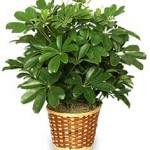
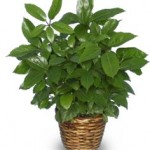
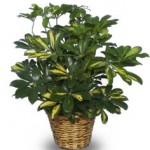
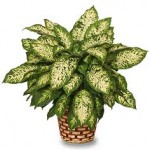
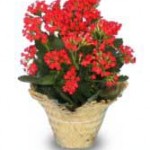

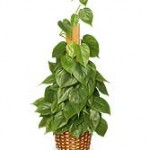
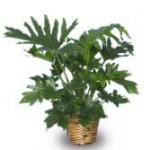
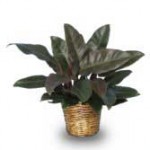
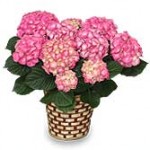
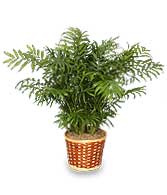
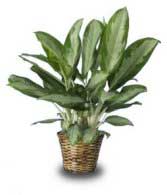 chinese evergreen
chinese evergreen